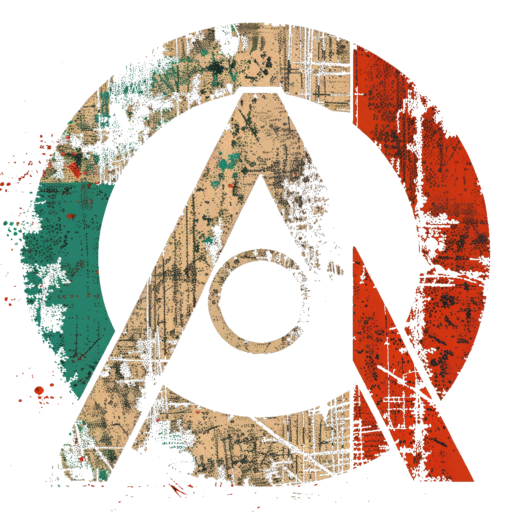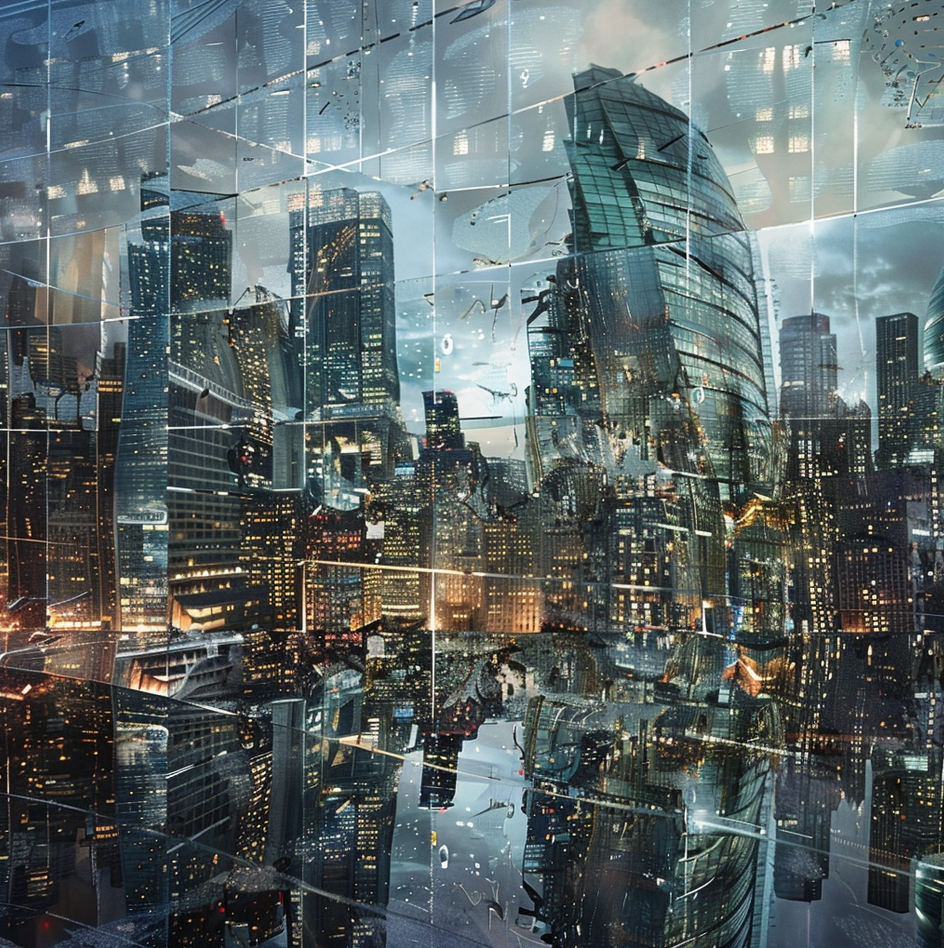If someone were to gaze upon our world with fresh eyes, untainted by preconceptions, biases, or historical context, they would be met with a tableau both awe-inspiring and disconcerting. This observer, equipped with an unbiased perspective, would likely experience a whirlwind of emotions, from wonder and admiration to concern and perplexity, as they navigate the complex tapestry of human civilization and the natural world that sustains it.
The Marvels of Human Achievement
First, the observer would undoubtedly be struck by the remarkable achievements of humanity. The breathtaking skylines of cities that pierce the clouds, the intricate web of technology that connects people across continents in an instant, and the monumental feats of engineering that have tamed rivers, conquered space, and unraveled the mysteries of the DNA helix. These achievements speak to an innate human drive to explore, understand, and innovate. Our art, literature, and music, in their myriad forms, would reveal the depth of human emotion and the capacity for abstract thought and creative expression. These are testaments to the resilience, ingenuity, and spirit of collaboration that have propelled human progress.
The Shadows Cast by Progress
However, this unbiased observer would also witness the shadows cast by this progress. They would see the environmental degradation and species extinction caused by industrial expansion and unchecked consumption. The sight of oceans choked with plastic, forests razed for agriculture, and skies clouded with pollution would serve as stark reminders of the costs of advancement. The disparities between wealth and poverty, the conflicts fueled by differences in ideology, race, and religion, and the plight of millions who suffer from hunger, disease, and displacement would highlight the uneven distribution of progress and the capacity for human cruelty and indifference.
The Dual Nature of Technology
The observer would notice the double-edged sword of technology. On one hand, it has brought about unprecedented levels of comfort, convenience, and connectivity. Medical breakthroughs save lives daily, and information technology has democratized knowledge. On the other hand, they would see the dark side of this connectedness: the spread of misinformation, the erosion of privacy, and the amplification of societal divisions through echo chambers and algorithmic biases.
Hope for the Future
Despite these challenges, the observer would also see reasons for hope. They would see the growing awareness and mobilization around environmental conservation, with renewable energy sources being embraced more widely and efforts to restore natural habitats gaining momentum. Initiatives to bridge gaps in education, healthcare, and technology access offer paths toward a more equitable world. The resilience of communities in the face of adversity, the global response to crises, and the movements championing social justice and inclusivity signal a collective capacity for empathy, cooperation, and change.
In conclusion, looking at the world with fresh eyes would reveal a complex mosaic of triumph and turmoil. The balance of good and bad is not static, and the future is not predetermined. It is shaped by the choices we make today. This perspective serves as a reminder that while we have come far, there is much work to be done. The hope for the future lies in our ability to learn from our past, embrace our shared humanity, and work together towards solutions that uplift not just a privileged few, but all inhabitants of our planet. This vision of the world, seen through fresh eyes, underscores the potential for a future where the marvels of human achievement are matched by an equal commitment to justice, sustainability, and compassion.

